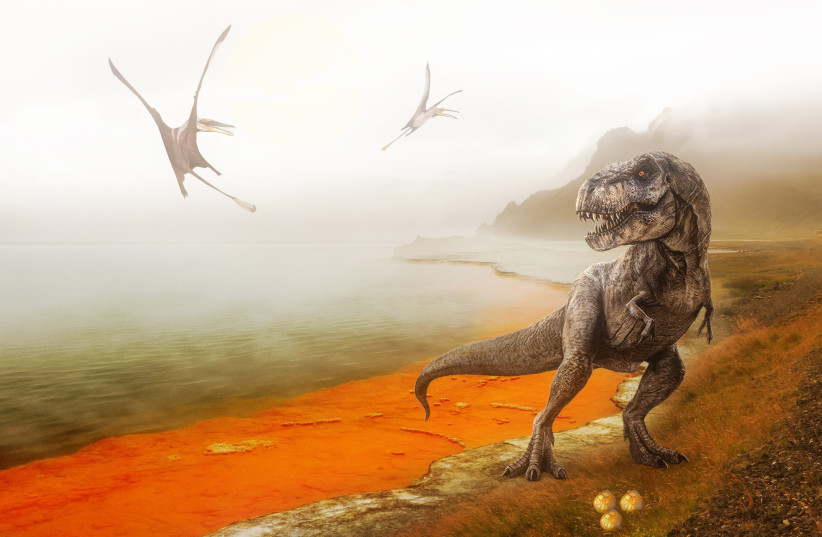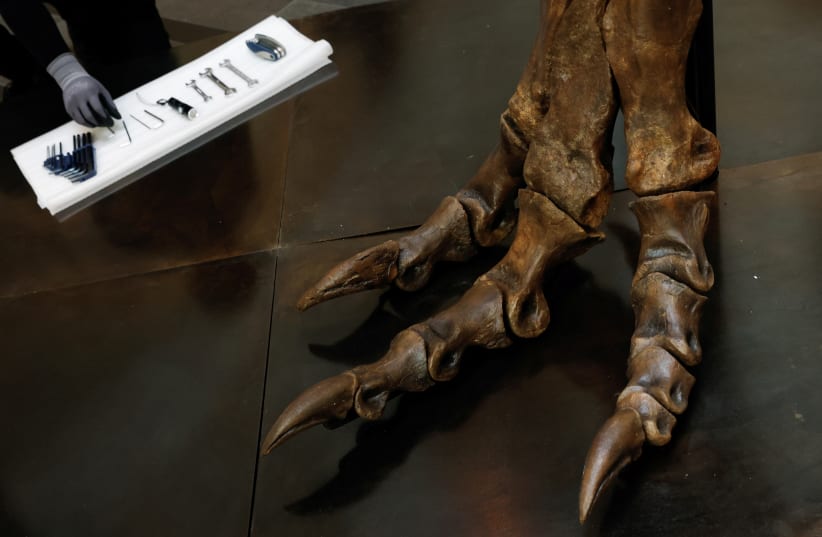A recently-discovered species of dinosaur may be evidence of evolution's last-ditch chance to adapt to a radically changing climate, a recent study said.
The study in question deals with the discovery of a dinosaur designated Iani smithi, an ornithopod whose lineage was eventually supplanted by "duckbill" dinosaurs.
The findings of this study were published in the peer-reviewed academic journal PLoS ONE.
Dinosaur days: How climate change impacted food sources and how evolution responded
The dinosaur Iani smithi gets its name from Janus, the two-faced Roman god of change. After all, this dinosaur lived in a time of great change.
Residing in what is now the US state of Utah, Iani smithi would have been alive around 99 million years ago during the mid-Cretaceous period.


At this time, the Earth's atmosphere saw greater levels of carbon dioxide making the planet much warmer. This completely altered the Earth's climate to the point where the North and South poles had rainforests.
Sea levels also rose across the world, meaning dinosaurs were now essentially confined to smaller areas of land to roam.
This altered plant life and herbivorous dinosaurs needed to adapt.
Iani smithi seems to have been one such method of adapting, as its teeth are perfect for chewing through hardier plants.
Ornithopods in general were a well-known species of bipedal herbivores that dominated what is now North America. They were defined by their mouths, which were incredibly complex and apt for chewing, bearing similarities to some modern cows.
The Ornithopods were divided into different clades, which in turn were divided into more clades. After Orinthopods were Iguanadonts, of which Iani smithi is believed to be a member, specifically as a rhabdodontomorph, another sub-clade.
Exactly where on the evolutionary tree it may have been is up for debate, but the discovery of this dinosaur's skill in Utah by scientists has led scientists to raise some interesting questions about whether it was the end of a long evolutionary line, a last-gasp attempt at dealing with a changing world.
Ultimately, its environmental niche wasn't sustainable. In addition to all the changes to plant life and sea levels, there was also increased migration of new dinosaurs into Noth America. While this included a large number of species, it most importantly included another Orinthopod, one that for dinosaurs like Iani smithi would be a rival with which it just couldn't compete: The hadrosaurs, also known as the duckbilled dinosaurs.
Interestingly, another duckbilled dinosaur was recently discovered in a separate study, this one in Chile. This dinosaur, which scientists named Gonkoken nanoi, inhabited the Earth 72 million years ago in the Chilean Patagonia – tens of millions of years after Iani smithi, as evidence of the success of duckbilled dinosaurs.
Iani smithi would eventually die out, and it was the duckbilled dinosaurs and their descendants that would remain dominant in North America – until an asteroid impact killed them all.
"Iani may be the last surviving member of a lineage of dinosaurs that once thrived here in North America but were eventually supplanted by duckbill dinosaurs," North Carolina State University associate research professor Lindsay Zanno, a co-author of the study, said in a statement. "Iani was alive during this transition—so this dinosaur really does symbolize a changing planet.
"This dinosaur stood on the precipice," continued Zanno, who is also the head of paleontology at the North Carolina Museum of Natural Sciences, "able to look back at the way North American ecosystems were in the past, but close enough to see the future coming like a bullet train. I think we can all relate to that."
